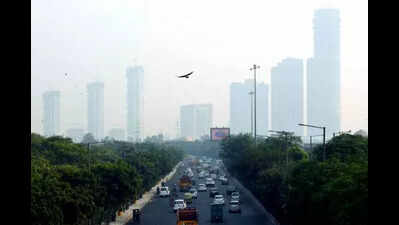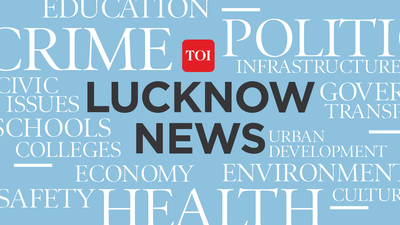IIIT-L to update you on air pollution in your area soon | Lucknow News

Lucknow: After monitoring the weather by installing more than 2,500 sensors across UP, the Indian Institute of Information Technology-Lucknow’s (IIIT-L) climate resilient observatory (CRO) will soon update you on how polluted the air is in your area.“Using data from CRO, last year we predicted floods very accurately. We are now planning to deploy pollution-related sensors across the state,” said CRO head Prof Deepak Kumar Singh. “By combining existing meteorological infrastructure with air pollution monitoring systems, we will create a powerful platform for addressing critical societal challenges, including public health protection, agricultural optimisation, urban planning and disaster preparedness,” he said. “We made these sensors and began their installation in some locations of Lucknow as a pilot project. The implementation of modern sensor fusion techniques, machine learning algorithms and cloud-based data management systems enables the development of real-time analytical capabilities that translate environmental data into actionable information for diverse stakeholder communities,” he added.“The proposed integration of CRO’s extensive meteorological monitoring infrastructure with air pollution sensors represents a transformative opportunity to develop comprehensive environmental prediction capabilities that serve multiple societal needs,” said IIIT-L director Arun Mohan Sherry. He said the combination of more than 2,500 existing sensors with air quality monitors creates the foundation for advanced forecasting systems that can protect public health, support agricultural decision-making, inform urban planning and enhance disaster preparedness across the state. “Real-time air quality information combined with meteorological forecasts enables dynamic traffic routing to minimise pollution exposure, optimisation of industrial operations during favourable dispersion conditions, and informed decision-making regarding outdoor events and activities. The comprehensive sensor network across UP provides unprecedented spatial coverage for implementing such applications at regional scales,” said the director. He said early warning systems for extreme weather events and pollution episodes represent critical applications for disaster preparedness and public safety. The integration of meteorological monitoring with air quality sensors enables development of comprehensive warning systems that can predict both meteorological disasters and pollution emergencies. These systems prove particularly valuable in densely populated areas where health impacts of air pollution episodes can be severe.





